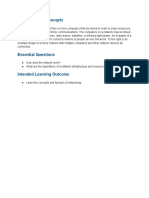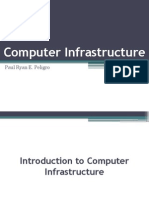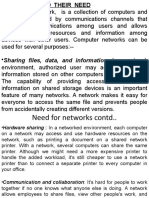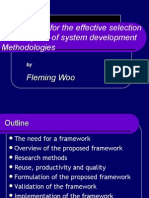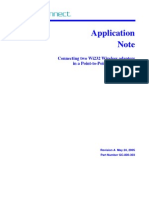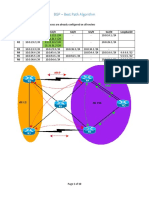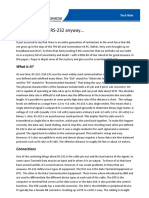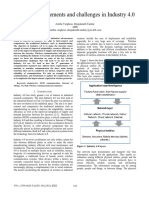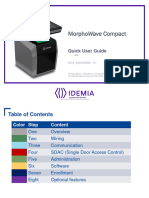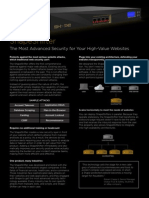0% found this document useful (0 votes)
46 views10 pagesBasic Networking Concepts
The document outlines basic networking concepts, including the need for networking, requirements, and various network types such as PAN, LAN, MAN, and WAN. It also discusses network topologies, devices, protocols, and security measures against threats like malware and cybercrime. Additionally, it covers web architecture and the importance of MAC and IP addresses in network communication.
Uploaded by
vinay1410Copyright
© © All Rights Reserved
We take content rights seriously. If you suspect this is your content, claim it here.
Available Formats
Download as PDF, TXT or read online on Scribd
0% found this document useful (0 votes)
46 views10 pagesBasic Networking Concepts
The document outlines basic networking concepts, including the need for networking, requirements, and various network types such as PAN, LAN, MAN, and WAN. It also discusses network topologies, devices, protocols, and security measures against threats like malware and cybercrime. Additionally, it covers web architecture and the importance of MAC and IP addresses in network communication.
Uploaded by
vinay1410Copyright
© © All Rights Reserved
We take content rights seriously. If you suspect this is your content, claim it here.
Available Formats
Download as PDF, TXT or read online on Scribd
/ 10

















































